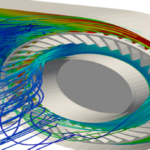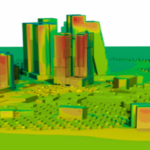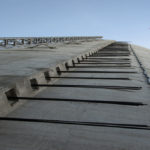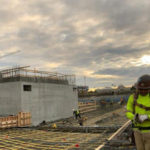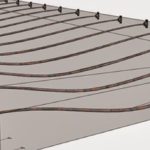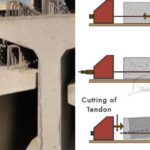Blog
What Is Static Project Reading?

People generally tend to make sense by looking at a structure, an object, or any object from top to bottom. However, for a civil engineer, the situation is the opposite. The civil engineer looks at the project from bottom to top while creating and reading the project.
What is Static Project? What is considered when preparing static project. What is Static Project Reading? We will search for answers to questions.
What is a static project?
When building a structure, architectural project and static project are taken as basis. The aim of the architectural project is to respond to the requests of the user. The aim of the static project is to realize the architectural project.
They are projects prepared by civil engineers, usually based on 1/100 1/50 and 1/25 scales (depending on the size of the structure).
What is considered when preparing a static project?
- Static projects are formed by firms that have obtained authorization certificate from the Chamber of Civil Engineering.
- When preparing static projects, it is decided to be reinforced concrete – steel – masonry according to the size and characteristics of the structure.
- The details of all floor plans, roof plans and their sections, including the basement, are calculated.
- Structure-foundation-ground analysis should be performed very well in static calculations. In determining the basic design, the ‘Soil and Foundation Survey Reports ça determined by the relevant ministry should be followed.
- Civil Engineers cut the floor plans from the top of the floor and express them in the direction facing upwards.
- It is very important to know where the earthquake zone is located.
- One of the important issues in static calculations is the resistance against fixed and moving loads. The cost of the building will be determined after this stage.
Static Project Reading
There are significant differences in architectural reading and static project reading. In the architectural project, the floor is cut from the eye level of a person standing and looking towards the ground.
Static Project Reading has its own characteristics. As mentioned above, we have just indicated upwards from the reading sections. Another important issue is to know the abbreviations made in the project drawing. Abbreviations make a lot of information, such as the size of the materials to be used, the location of the column-beams.
The Static Project needs to be clearly written and well-known to make it easier to read.
All static projects are drawn in the direction that the person viewing the project will look south and east of the layout. The texts and measurements in the project are prepared accordingly. This is well looked after.
It is useful to use the same scale as architectural projects and other licensing projects in order to be easy to read and to avoid confusion. 1/50 scale is most commonly used in static projects.
Static In order to read the project well, it is generally necessary to know the project base plan, screen, foundation sections, reinforcement plan and box form plans.
In order to read the static project well, it is necessary to master many important details. In addition, the creation and calculation of static projects requires experience and attention. Because the durability of a structure is directly proportional to the static calculations. In addition, static projects also cost the related structure.
Latest Blog
-
Silo Static Project
29 July 2024 -
Methods Used In Earthquake Performance Analysis
4 July 2024 -
Reinforced Concrete Calculation Static Report
31 January 2024 -
Steel Calculation Static Report
31 January 2024 -
What Is CFD Analysis?
22 December 2023 -
What Are The Benefits Of CFD Analysis?
22 December 2023 -
Silo Reinforcement with Post-Tensioning Method
26 September 2023 -
Post Tensioning Method in Cantilever Slabs
4 September 2023 -
Post-Tensioning Application In Reinforced Concrete Silos
22 August 2023 -
Components Of Post Tensining
16 August 2023 -
What Are Pre-Stressing And Post-Tensioning?
11 August 2023 -
What is Prestressing?
8 August 2023 -
History Of Post Tensioning
8 July 2023







